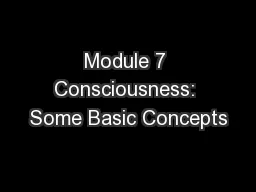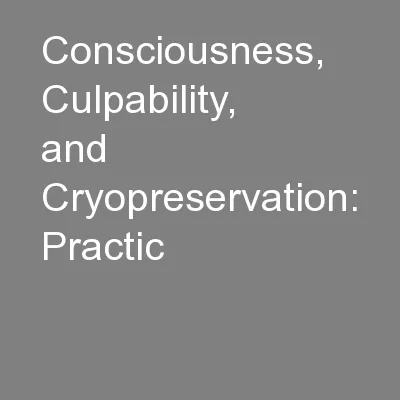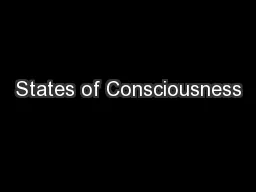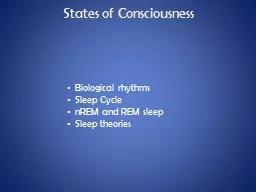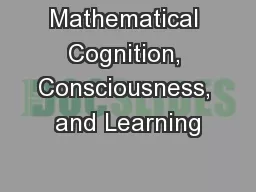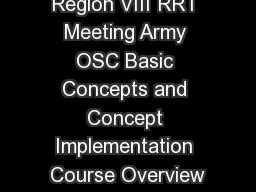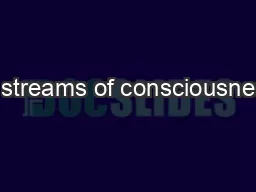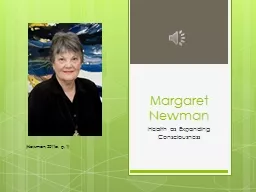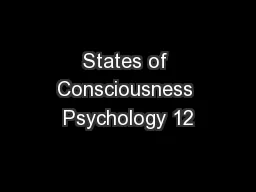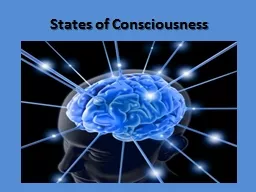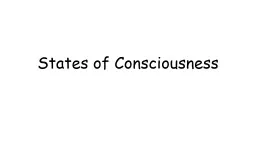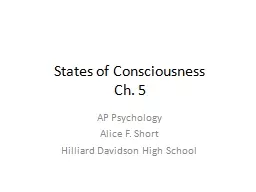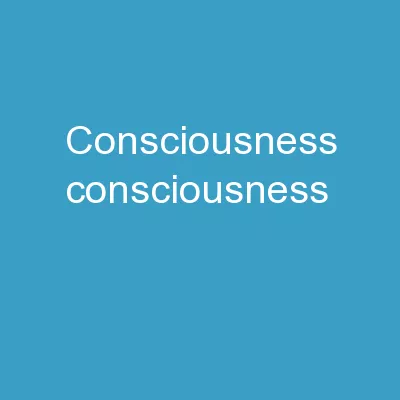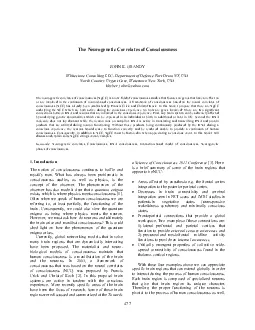PPT-Module 7 Consciousness: Some Basic Concepts
Author : trish-goza | Published Date : 2018-10-26
71 WHAT IS THE PLACE OF CONSCIOUSNESS IN PSYCHOLOGYS HISTORY 1880s Psychology at its beginning was defined as description and explanation of states of consciousness
Presentation Embed Code
Download Presentation
Download Presentation The PPT/PDF document "Module 7 Consciousness: Some Basic Conce..." is the property of its rightful owner. Permission is granted to download and print the materials on this website for personal, non-commercial use only, and to display it on your personal computer provided you do not modify the materials and that you retain all copyright notices contained in the materials. By downloading content from our website, you accept the terms of this agreement.
Module 7 Consciousness: Some Basic Concepts: Transcript
Download Rules Of Document
"Module 7 Consciousness: Some Basic Concepts"The content belongs to its owner. You may download and print it for personal use, without modification, and keep all copyright notices. By downloading, you agree to these terms.
Related Documents

